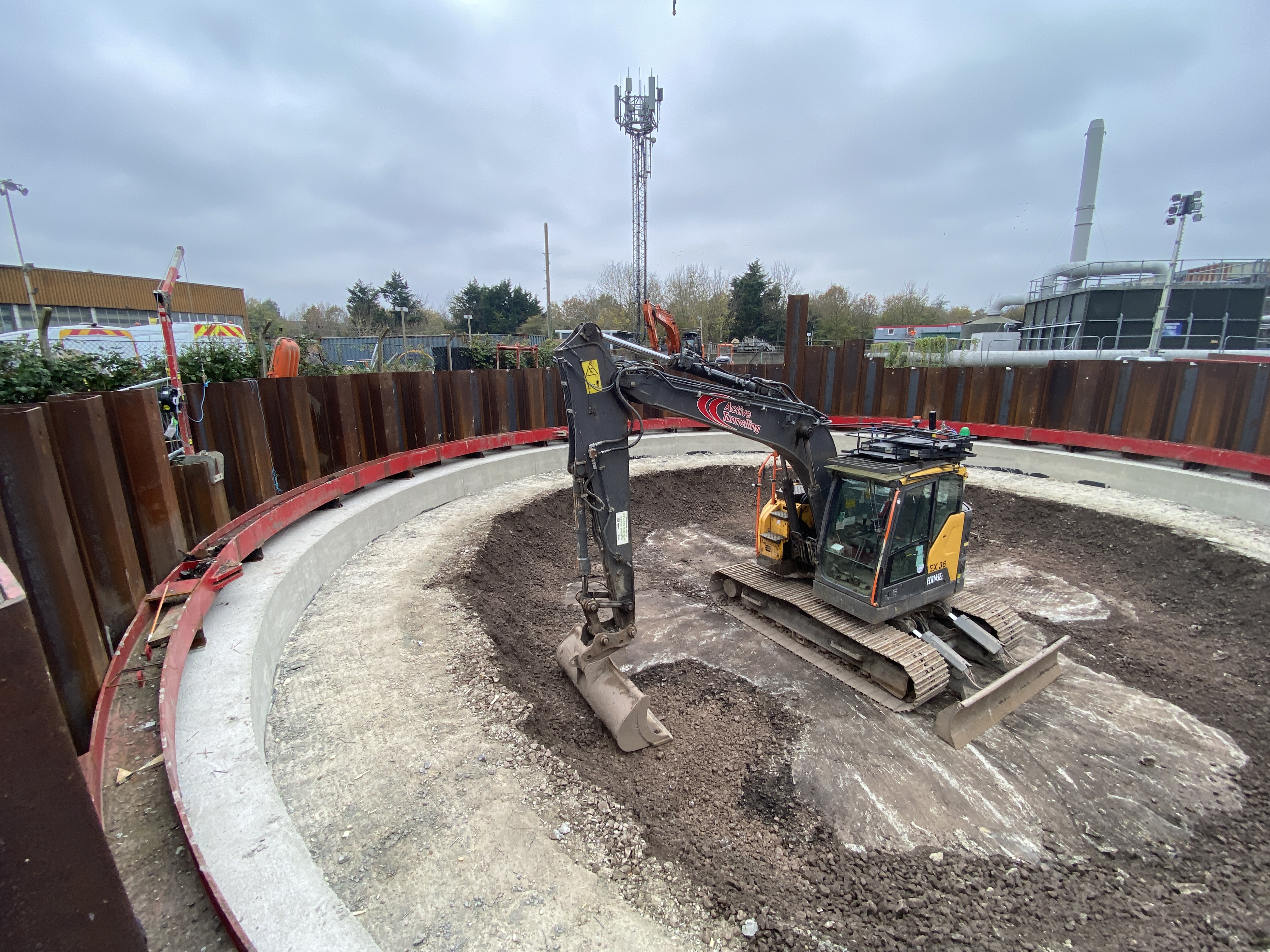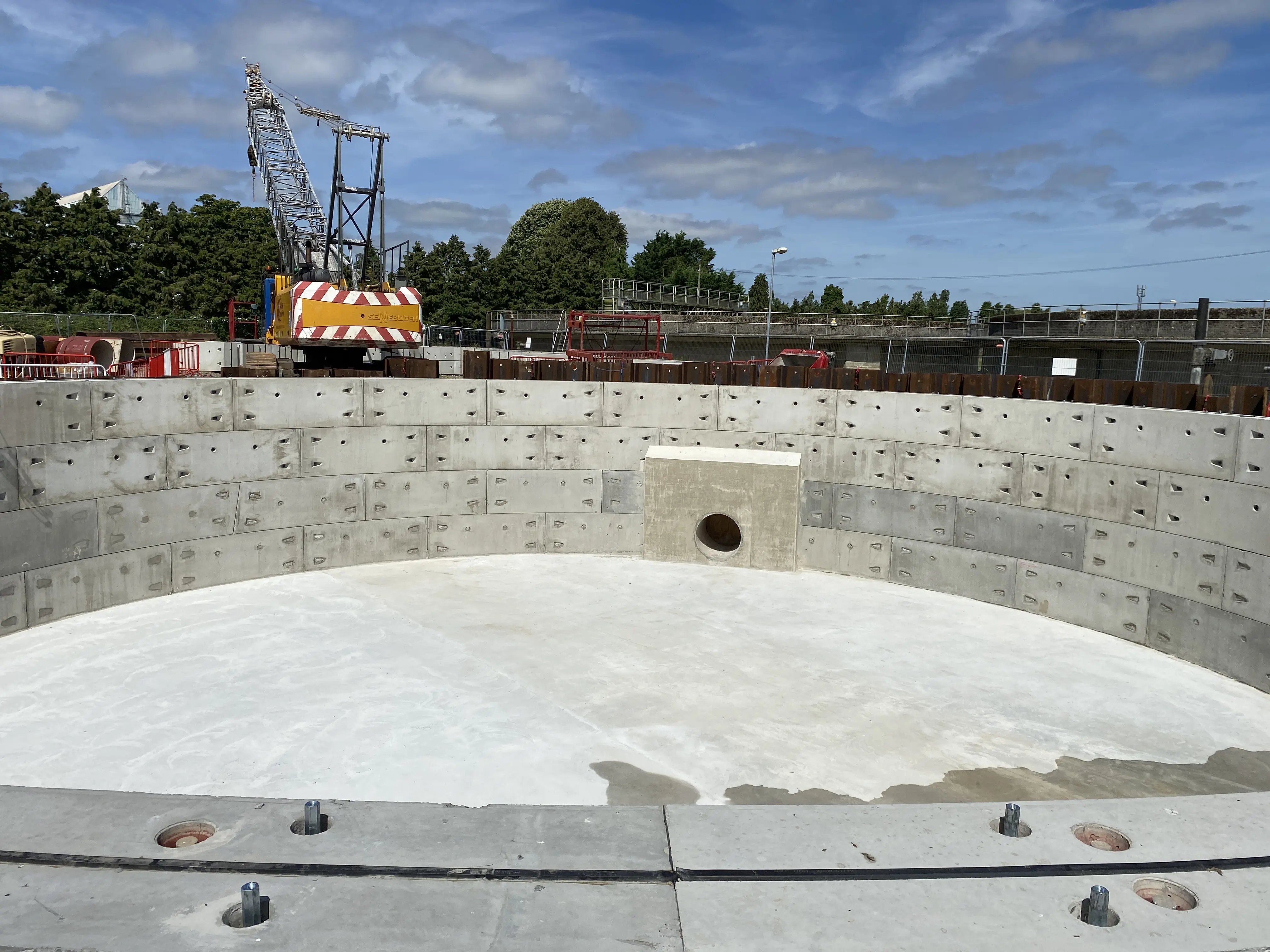
Multimillion Hampshire wastewater site upgrades nearly complete
The finishing touches are being put to almost £15 million of upgrades across three Hampshire wastewater treatment works – in our ongoing efforts to improve water quality in the local environment.

Investing in our treatment works to improve water quality in the River Itchen
Work at the sites in Southampton, Eastleigh and Winchester will further protect and enhance the health of the neighbouring River Itchen, in close partnership with the Environment Agency and local environmental groups.
It is hoped the improvements will give a boost to efforts to support the river’s salmon population, which we're part of a partnership with other organisations working to protect this species.
It is hoped the improvements will give a boost to efforts to support the river’s salmon population.
The upgrades include:
-
£7.4 million at Portswood Wastewater Treatment Works, where even on a dry day over 15 million litres of wastewater is treated – more than quadrupling when it rains. This involves a new storm tank to reduce storm overflows from the site by storing up to 2.5 million litres of storm water, and the addition of a new treatment process that removes phosphorous from treated water
-
£4.6 million at Chickenhall Wastewater Treatment Works, for another new storm tank
-
£2.4 million at our Harestock site in Winchester, for new phosphorous removal and associated equipment.
By removing phosphorous – through a process known as ferric dosing – we can better protect the health of the Itchen.
Director of Wastewater Operations at Southern Water, Alex Saunders said:
“We’re keen to play our part improving the health of chalk streams across our region and these works will play a role in us doing this for the River Itchen in Hampshire.
“We’re excited about completing these projects which are an important moment for us as we start on a crucial five years of upgrading our infrastructure and kick-starting a number of vital projects that will reduce storm overflows, improve water quality and make environmental improvements to create healthier rivers and seas.”
